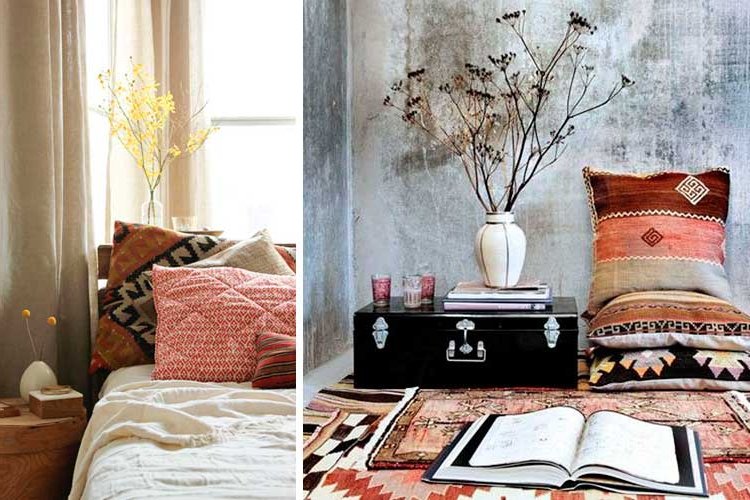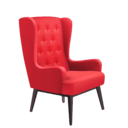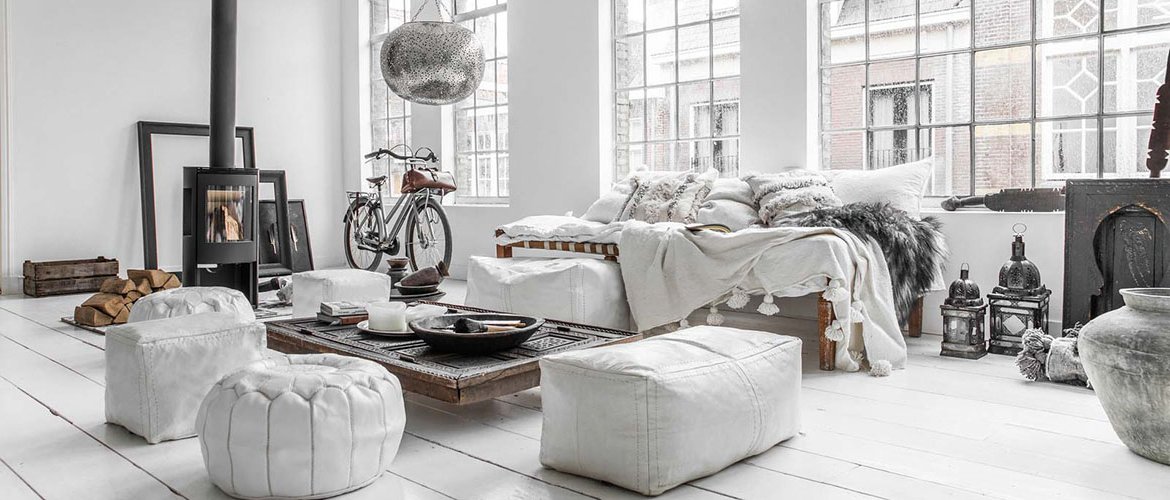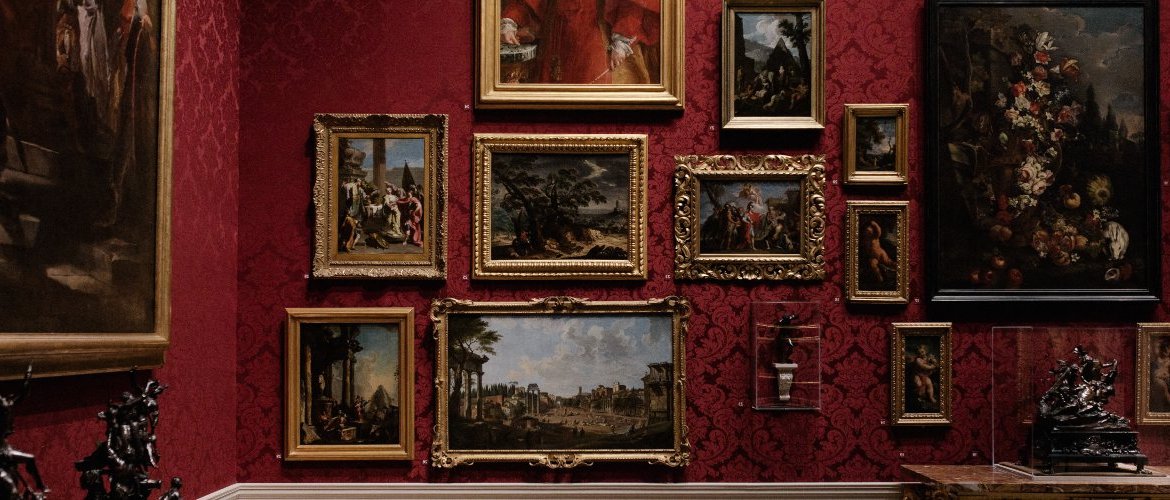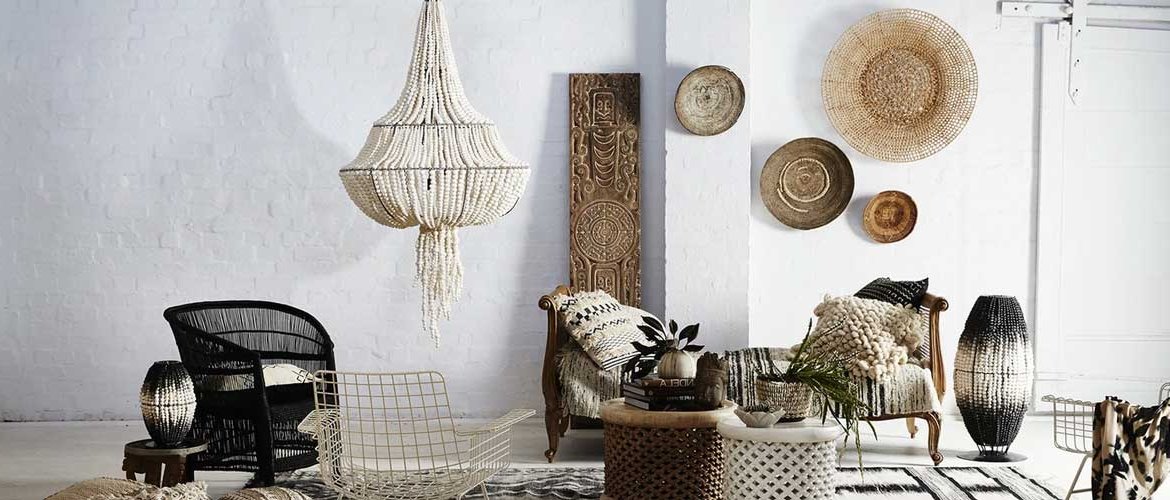Ethnic style
This week we return to our section of decorative styles to focus on one that is currently in vogue: the ethnic style.
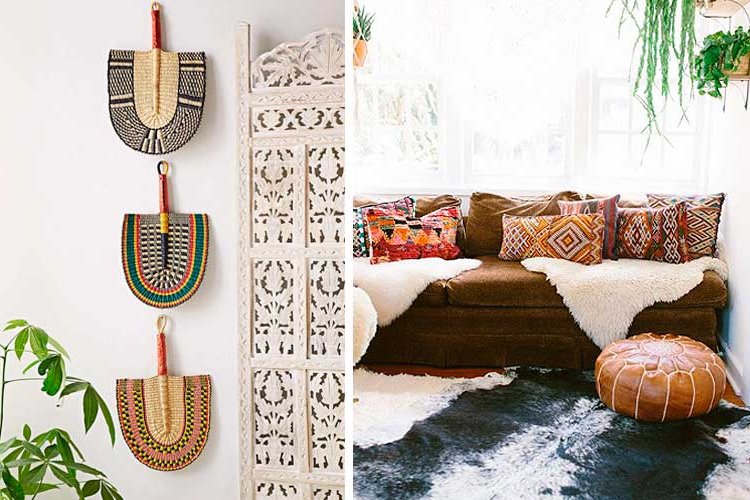
In fact, the ethnic style itself encompasses a variety of sub-styles that could be included in this category but that have their own differences: thus, we could include within the ethnic style those that have African dyes, or those with a Mexican tendency, not to mention those that mix boho with Arab or colonial with oriental.
In any case, the ethnic style undoubtedly transports us to exotic places far from the West and warm climates, evoking mainly luminous environments, with blurred borders between the exterior-interior and with an aesthetic very close to the earth and the local culture, with decorative elements elaborated in a handmade way.
It is precisely the variety of sub-styles or currents that encompasses the ethnic style that makes it difficult to categorize it in defined standards. That is why on this occasion we will see the different elements that can identify it.
Logs
It is impossible to find an element more closely linked to the earth. The work with tree trunks, never perfectly defined, is applied both to coffee tables and side tables, as well as to blocks used as support pedestals for bathroom sinks or decorative sculptures.

Geometric motifs
Inca or Aztec designs, as well as all kinds of designs with geometric shapes, mainly rhombuses and triangles in contrasting tones (mainly white on black, brown or dark blue) populate ethnic interiors, both in furniture and in carpets, textile accessories or bedding.


Dishes for wall decoration
One of the decorative elements for wall decoration in ethnic style is the handmade plate.
They can be painted (usually in no more than two tones and with geometric motifs) or made of wicker or basketry.


Tapestries
Another very common way to decorate walls or headboards in ethnic style is the use of tapestries, either unfolded from a top bar, framed or hung directly on the wall.


Local sculptures
Circular sculptures made from trunks or handmade plates, Aztec aesthetic figures or African masks add an ethnic touch to any environment, whether on a sideboard, a pedestal or directly on the wall.


Juju Hat
Although we have already dedicated a specific article to juju hats or African hats, it is still one of the elements used in the ethnic style to decorate walls.
However, given their "neutral" aesthetics, it is advisable to combine them with geometric textiles to reinforce their ethnic character.


Basketry
Baskets are one of the most typical handcrafted elements in any rural culture. Rope and wicker are natural materials used to make all types of basketry, although in the ethnic style they usually incorporate lines in raw and black tones or geometric designs.
In addition, the use of basketry is also applied in this style to other elements, such as lamps or decorative plates.


Cactus
Perhaps because of its Mexican aesthetics, the cactus is the basic plant to reinforce the ethnic character of an environment, especially if combined with other elements characteristic of this style, such as plates, tapestries or decorative cushions.
The cactus in the ethnic style brings that necessary green touch in any space, recommending the use of pots of natural aesthetics, such as wicker, wood or clay to reinforce the effect.

Color
Although the ethnic style usually opts for neutral tones combined with warm tones, such as browns, beiges or grays, closely linked to the earth, you can also opt for color.
In this case it is usually very colorful environments, in which several strong and contrasting colors are present (no pastel colors), which blur the border with the boho style.


In&Out
Warm climates are characteristic of the places where the ethnic style transports us. That is why, like the colonial, it is usually a style in which the exterior and interior are sometimes confused, using furniture and accessories that can be used both inside and outside.


Africa, Africa, Africa
Although we have already made it clear that the ethnic style can encompass many others within it, the African aesthetic undoubtedly marks a defining character.
Any element that reminds us of this continent, with its different ethnic groups and tribes, will undoubtedly be catalogued within this style.
Photographs of animals typical of those latitudes, such as elephants or rhinoceroses, high gable roofs covered with thatch or African sculptures of the most diverse types are examples of this ethnic aesthetic.


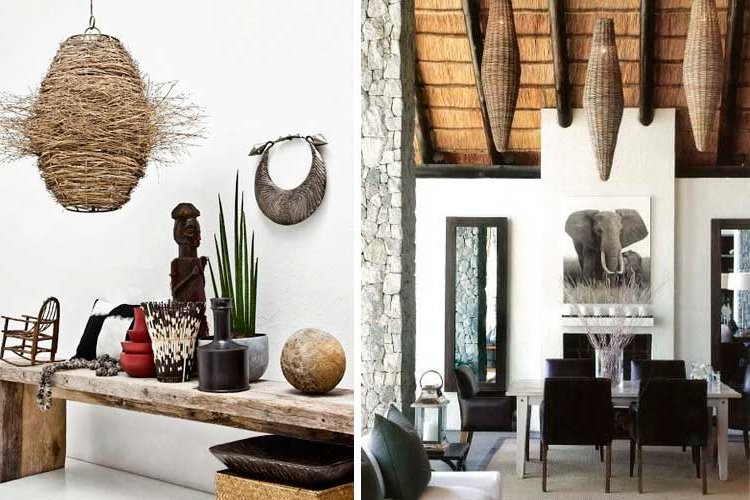
Spanish America
As in the case of Africa, some Central and South American countries, with Mexico as the main exponent, group the other geographical point that defines this style. Any element reminiscent of the desert or the Aztec and Inca cultures will have managed to give an ethnic touch to any environment.
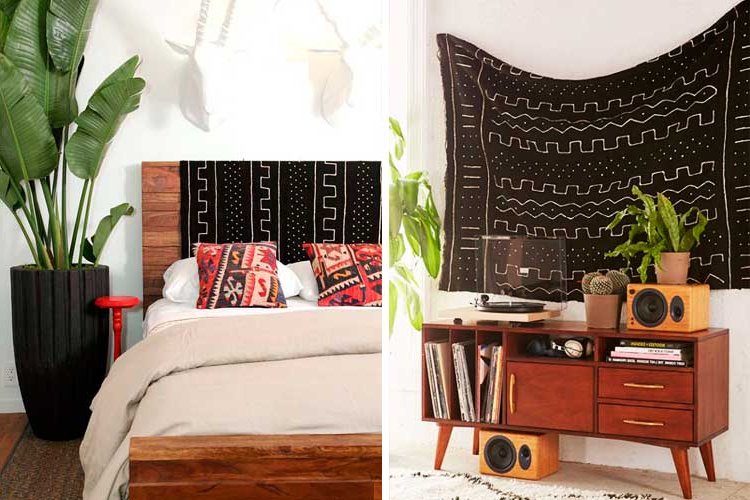

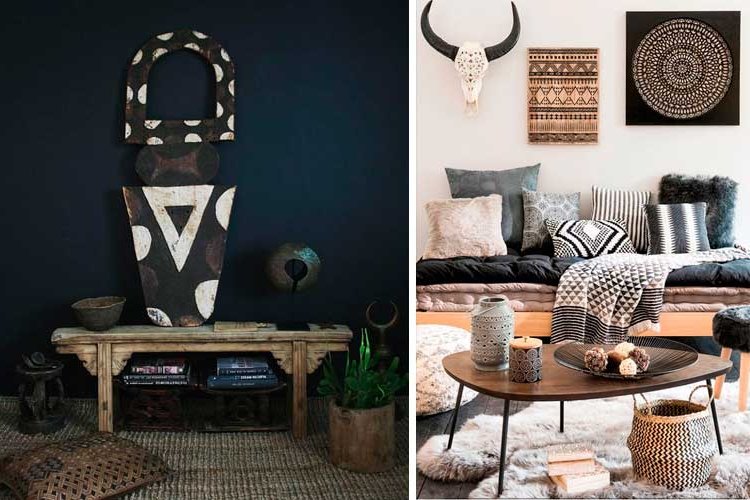
In short, a warm style, close to the ground and full of decorative possibilities to combine with both traditional and modern styles.









